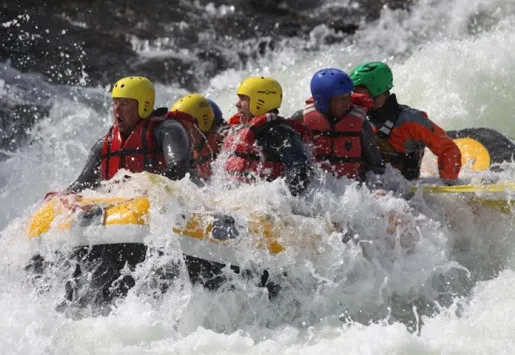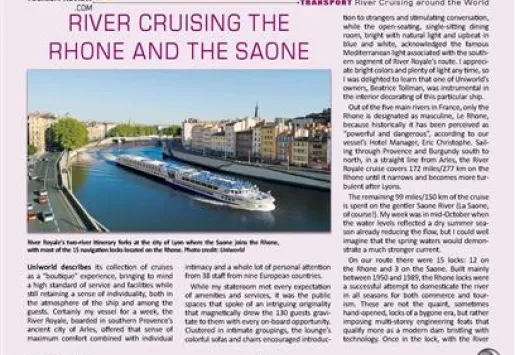
Capitals around Europe are winning the battle to transform polluted rivers to clean and green havens of leisure. After neglecting them for years, many city authorities are paying special attention to their rivers as tourist attraction. Their efforts are bringing back tourism and boosting the economies of many urban cities as well as rejuvenating Europe's urban rivers.
Jean-Pierre Gautry says cities' relationship with their rivers has changed over the years and cities depended on rivers for hundreds of years. However, cars began to increase in popularity during the 1960s to 1970s, and the cities decided to prioritize roads over rivers. That process is being reversed, he says.
Gautry explains that linear routes found along rivers became perfect targets for pouring concrete onto as they were often already part of a public area and already flat. He cites French President Georges Pompidou, who said that it was the urban area that should accommodate the car. Gautry says, "Today we are saying the opposite".
Paris has been adjusting its riverbanks and causing drivers to occasionally have to readjust their route. But that's not the only changes Paris has been making. The capitol created a walkway that runs along the Seine for pedestrians that clocks in at 2.3 km.
In addition, the riverbanks are annually closed to drivers and traffic in order to create space for a beach. Every summer, Paris imports trucks full of sand that are distributed along the asphalt. The result is very similar to a real beach. Tourists and locals are able to sun on deck chairs, towels, and under parasols and enjoy being outdoors next to the river with no distraction.
Madrid's Manzanares riverbanks were rejuvenated in 2011with the help of a project team called Madrid Rio. The river had been badly neglected for years and enjoyed a dramatic transformation as some 25,000 trees line bicycle routes and roads. The difference is incredible. The park next to the river also has an urban beach. It is similar to Warsaw's urban beach along the Vistula River. Warsaw too has seen its riverbanks rise in popularity after being largely forgotten in post-WWII reconstruction.
Geographer Maria Gravari-Barbas cites the magnetic appeal of water as a reason for people to gather. She says there are countless festivals and parties with a city's riverbanks as a backdrop. Likewise, Berlin has been holding festivities along the Spree River for decades.
The Tiber River and banks in Rome are causing concern and even adjusting tourism practices in the city. The banks are so covered with litter and pontoons that river cruise company Rome Boats stopped tours down the Tiber. However, authorities are making attempts and have built a 34 km cycling road along the Tiber.
Gautry cites the many positives that are coming from the overhaul of Europe's riverbanks. In addition to increasing the quality of life for residents and visitors of the cities, the change is aiding the economy. He says that new jobs are created, with tourism at top of the list.













